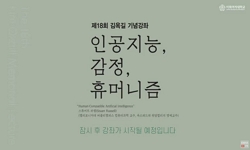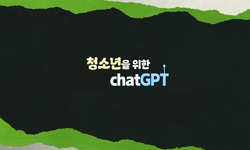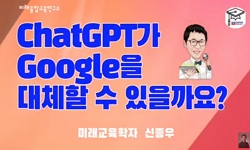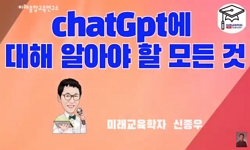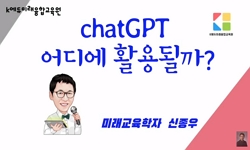Objective: In the digital age, patients turn to online sources for lumbar spine fusion information, necessitating a careful study of large language models (LLMs) like chat generative pre-trained transformer (ChatGPT) for patient education. Methods: Ou...
http://chineseinput.net/에서 pinyin(병음)방식으로 중국어를 변환할 수 있습니다.
변환된 중국어를 복사하여 사용하시면 됩니다.
- 中文 을 입력하시려면 zhongwen을 입력하시고 space를누르시면됩니다.
- 北京 을 입력하시려면 beijing을 입력하시고 space를 누르시면 됩니다.



Analyzing Large Language Models’ Responses to Common Lumbar Spine Fusion Surgery Questions: A Comparison Between ChatGPT and Bard
한글로보기https://www.riss.kr/link?id=A109118300
-
저자
Siegmund Philipp Lang (Department of Neurosurgery, Stanford University School of Medicine) ; Ezra Tilahun Yoseph (Department of Neurosurgery, Stanford University School of Medicine) ; Aneysis D. Gonzalez-Suarez (Department of Neurosurgery, Stanford University School of Medicine) ; Robert Kim (Department of Neurosurgery, Stanford University School of Medicine) ; Parastou Fatemi (Department of Neurosurgery, Cleveland Clinic) ; Katherine Wagner (Ventura Neurosurgery) ; Nicolai Maldaner (Department of Neurosurgery, Stanford University School of Medicine) ; Martin N. Stienen (Department of Neurosurgery & Spine Center of Eastern Switzerland, Cantonal Hospital St. Gallen & Medical School of St. Gallen) ; Corinna Clio Zygourakis (Department of Neurosurgery, Stanford University School of Medicine)
- 발행기관
- 학술지명
- 권호사항
-
발행연도
2024
-
작성언어
English
- 주제어
-
등재정보
KCI등재,SCIE,SCOPUS
-
자료형태
학술저널
-
수록면
633-641(9쪽)
- DOI식별코드
- 제공처
-
0
상세조회 -
0
다운로드
부가정보
다국어 초록 (Multilingual Abstract)
Objective: In the digital age, patients turn to online sources for lumbar spine fusion information, necessitating a careful study of large language models (LLMs) like chat generative pre-trained transformer (ChatGPT) for patient education.
Methods: Our study aims to assess the response quality of Open AI (artificial intelligence)’s ChatGPT 3.5 and Google’s Bard to patient questions on lumbar spine fusion surgery. We identified 10 critical questions from 158 frequently asked ones via Google search, which were then presented to both chatbots. Five blinded spine surgeons rated the responses on a 4-point scale from ‘unsatisfactory’ to ‘excellent.’ The clarity and professionalism of the answers were also evaluated using a 5-point Likert scale.
Results: In our evaluation of 10 questions across ChatGPT 3.5 and Bard, 97% of responses were rated as excellent or satisfactory. Specifically, ChatGPT had 62% excellent and 32% minimally clarifying responses, with only 6% needing moderate or substantial clarification.
Bard’s responses were 66% excellent and 24% minimally clarifying, with 10% requiring more clarification. No significant difference was found in the overall rating distribution between the 2 models. Both struggled with 3 specific questions regarding surgical risks, success rates, and selection of surgical approaches (Q3, Q4, and Q5). Interrater reliability was low for both models (ChatGPT: k = 0.041, p = 0.622; Bard: k = -0.040, p = 0.601). While both scored well on understanding and empathy, Bard received marginally lower ratings in empathy and professionalism.
Conclusion: ChatGPT3.5 and Bard effectively answered lumbar spine fusion FAQs, but further training and research are needed to solidify LLMs’ role in medical education and healthcare communication.
동일학술지(권/호) 다른 논문
-
- 대한척추신경외과학회
- Weishi Liang
- 2024
- KCI등재,SCIE,SCOPUS
-
- 대한척추신경외과학회
- Rachel Thommen
- 2024
- KCI등재,SCIE,SCOPUS
-
- 대한척추신경외과학회
- Terdpong Tanaviriyachai
- 2024
- KCI등재,SCIE,SCOPUS
-
- 대한척추신경외과학회
- Jie Guo
- 2024
- KCI등재,SCIE,SCOPUS




 KCI
KCI